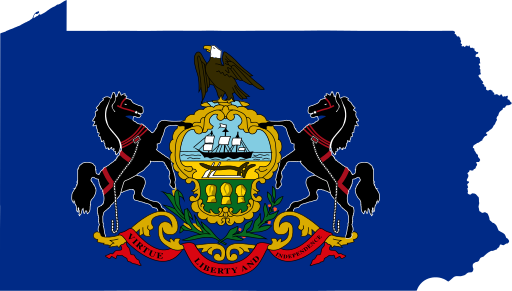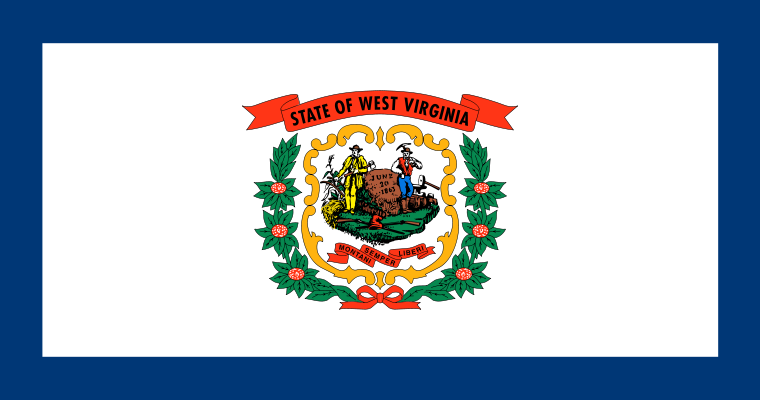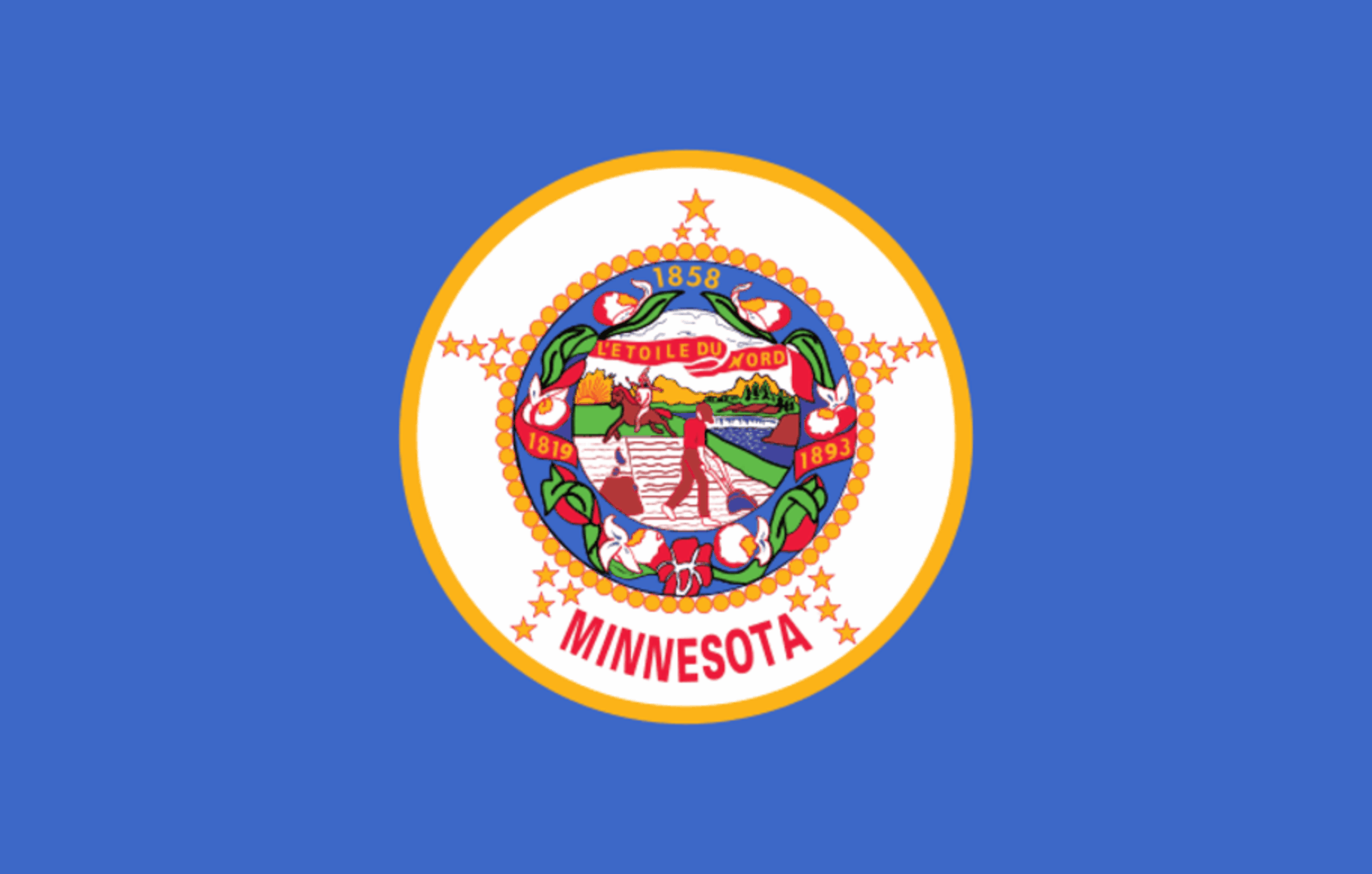Tag: unemployment insurance
-
U.S. weekly unemployment insurance claims rise to 219,000 (2024)

New applications for U.S. unemployment insurance benefits rose 3,000 for the week ending May 25 to a seasonally adjusted 219,000. The previous week's figure was revised up by 1,000 to 216,000. The four-week moving average as of May 25 rose 2,500 from the previous week's revised average to 222,500. The number of continuing unemployment insurance…
-
U.S. unemployment insurance claims fall to 222,000 (2024)

New applications for U.S. unemployment insurance benefits fell 10,000 for the week ending May 11 to a seasonally adjusted 222,000. The previous week's figure was revised up by 1,000 to 232,000. The four-week moving average as of May 11 increased 2,500 from the previous week's revised average to 217,750. The number of continuing unemployment insurance…
-
Changes to Idaho unemployment insurance work search requirements take effect in July (2024)

The Idaho Department of Labor issued a press release on May 15 instructing Idaho unemployment insurance claimants to complete and report five work search-related activities per week starting July 7 to receive benefits. Current law requires claimants to report two work search activities per week. The work search activity changes will comply with requirements outlined…
-
Pennsylvania Senate approves bill establishing process for reporting refusals to work (2024)

The Pennsylvania State Senate on May 1 passed Senate Bill 1109, which proposes establishing a process for employers to report refusals to work to the Pennsylvania Department of Labor and Industry (DLI). The bill would also codify DLI definitions of misconduct that would disqualify a person from claiming unemployment benefits (such as refusals to work…
-
California committee advances bill proposing unemployment benefits for striking workers (2024)

The California Senate Labor, Public Unemployment and Retirement Committee advanced Senate Bill 1116 on Apr. 24, which proposes allowing workers to claim unemployment insurance benefits after striking for two weeks. The bill now heads to the Senate Committee on Appropriations for further consideration. California lawmakers passed similar legislation in 2023, but Gov. Gavin Newsom (D)…
-
Connecticut committee advances bill proposing increased threshold for felony unemployment insurance fraud

Connecticut House Bill 2570, which proposes increasing the threshold for felony unemployment insurance fraud from $500 to $2000, advanced from the Joint Judiciary Committee on Apr. 5 by a vote of 24-13. The Joint Labor and Public Employees Committee approved the bill with a vote of 8-4 on Mar. 7. The bill is now pending…
-
U.S. unemployment insurance claims rise to 221,000 April 2024

New applications for U.S. unemployment insurance benefits rose 9,000 for the week ending Mar. 30 to a seasonally adjusted 221,000. The previous week's figure was revised up by 2,000 to 212,000. The four-week moving average as of Mar. 30 increased 2,750 from the previous week's revised average to 214,250. The number of continuing unemployment insurance…
-
West Virginia bill to maintain weekly unemployment insurance benefit amounts and change taxable wages becomes law without governor’s signature (2024)

West Virginia Senate Bill 841 became law without the governor's signature on Mar. 27, changing the wage base on which employers pay state unemployment insurance taxes to the first $9,500 of employees' wages. It also froze the maximum weekly benefit amount for workers at $662. The law will take effect Jan. 9, 2025. The enacted…
-
Minnesota House committee advances bill proposing unemployment benefits for striking workers

The Minnesota House Workforce Development Finance and Policy Committee amended and advanced House File 3446 on Mar. 13, which proposes allowing workers to claim unemployment insurance benefits at the beginning of a strike. The bill now heads to the House Ways and Means Committee for further consideration. Currently, New York and New Jersey allow certain…
-
Arizona Supreme Court ruling expands unemployment insurance eligibility to more workers who quit (2024)

The Arizona Supreme Court decided on January 26, 2024, to expand the definition of intolerable work conditions, making it easier for certain people who quit their jobs to claim unemployment insurance benefits. The court argued in its Barriga v. ADES/Precision ruling thatexisting regulations defining intolerable working conditions related to poor relationships with coworkers did not…

